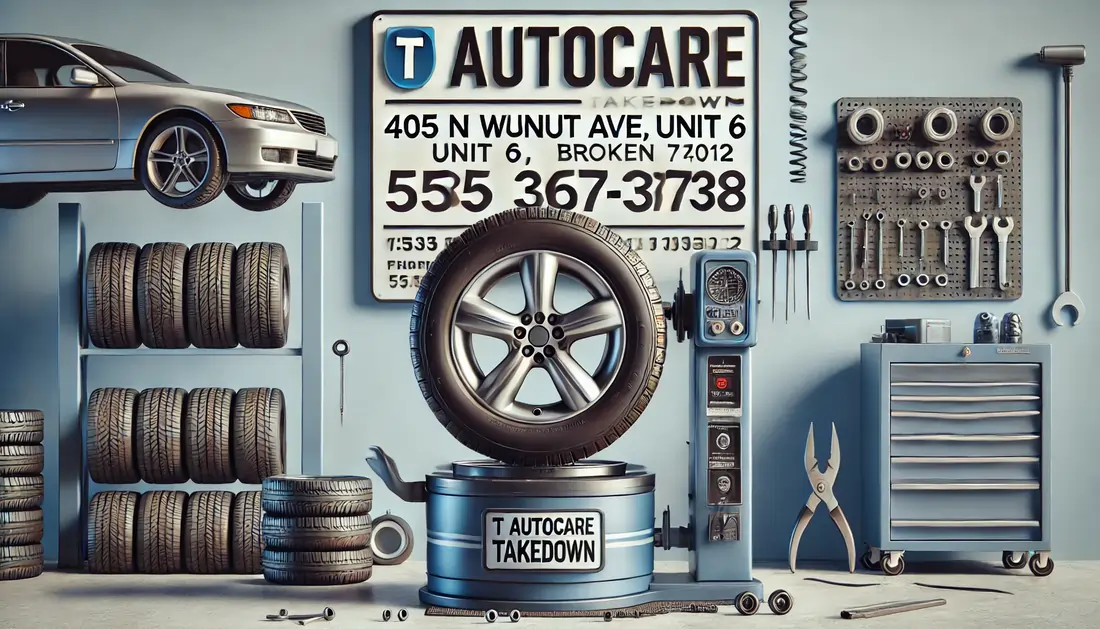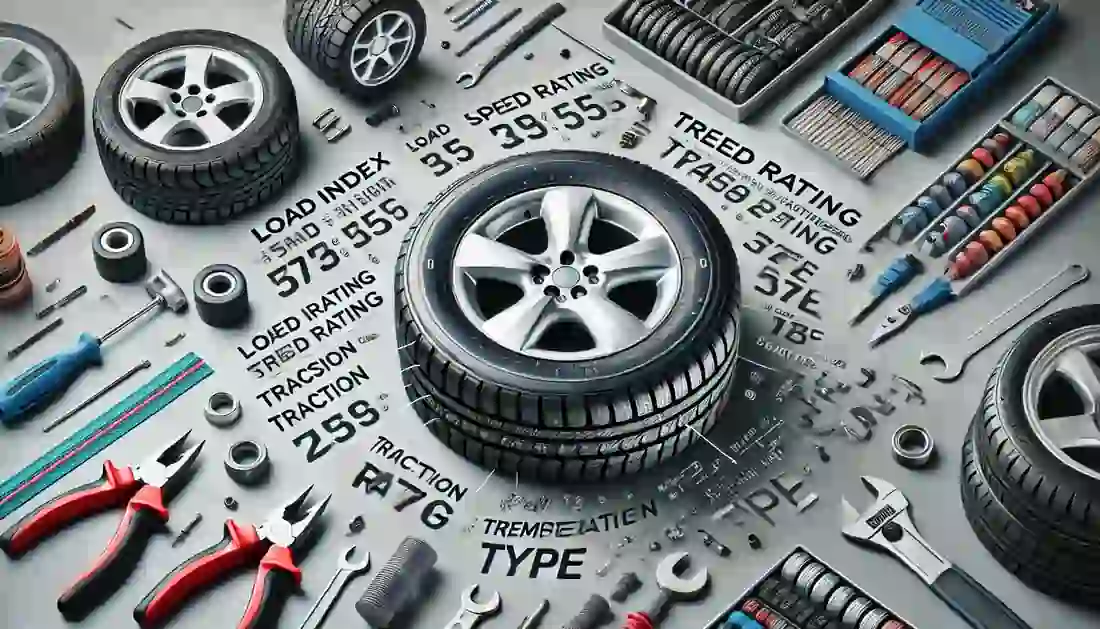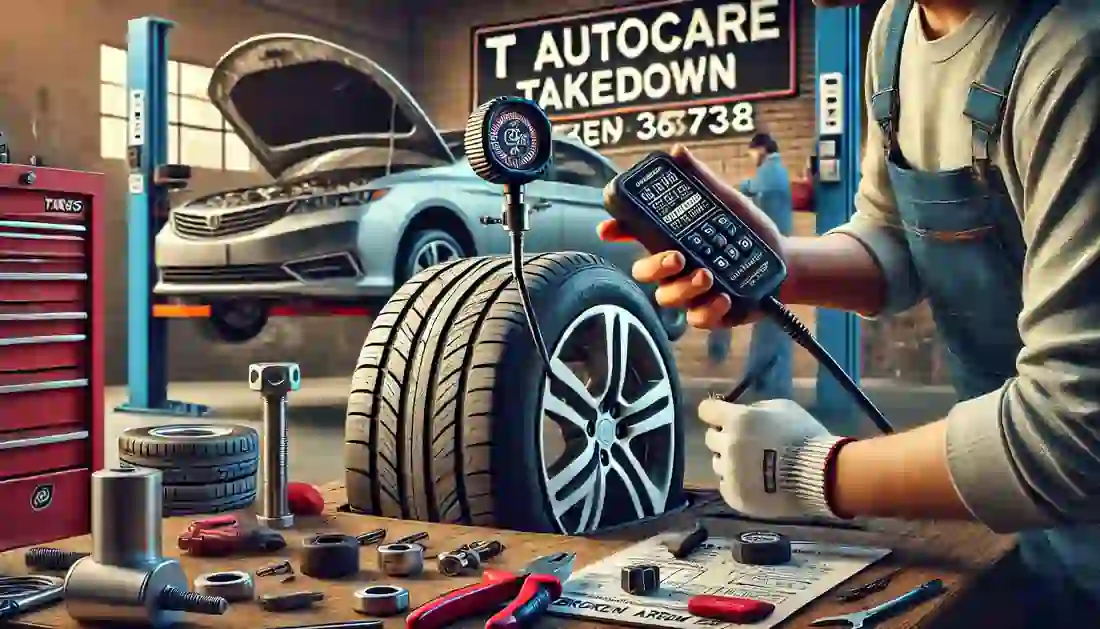Proper tire tread depth is crucial for maintaining vehicle safety and performance.
At T Autocare Takedown, we want to ensure you have the knowledge to keep your tires in optimal condition. Here’s a comprehensive guide on the importance of tire tread depth and how to measure it effectively.

Introduction
Tire tread depth is a key factor in ensuring your vehicle’s safety and handling. It affects traction, braking, and overall control, especially in adverse weather conditions.
Regularly checking your tire tread depth helps prevent accidents and ensures a smooth driving experience.
Why Tire Tread Depth is Important
- Safety: Adequate tread depth ensures your tires can channel water away from the tire surface, reducing the risk of hydroplaning. It also provides the necessary grip for safe braking and cornering, especially on wet or icy roads.
- Performance: Tires with proper tread depth perform better in terms of handling, fuel efficiency, and overall driving comfort. They offer better traction and stability, making your drive safer and more enjoyable.
- Legal Requirements: Most states require a minimum tread depth of 2/32 inches for tires to be considered safe and legal. Driving with tread below this limit can result in fines and increase the risk of tire failure.
How to Measure Tire Tread Depth
- Penny Test: Insert a penny into the tread groove with Lincoln’s head upside down. If you can see all of Lincoln’s head, the tread depth is less than 2/32 inches, and it’s time to replace your tires.
- Quarter Test: Insert a quarter into the tread groove with Washington’s head upside down. If the tread touches Washington’s head, you have at least 4/32 inches of tread remaining.
- Tread Depth Gauge: This is the most accurate method. Insert the probe into the tread groove and read the measurement. It’s recommended to measure at multiple points around the tire to account for uneven wear.
- Tread Wear Indicators: Many tires have built-in tread wear indicators, small bars across the bottom of the tread grooves. When the tread wears down to the level of these bars, it’s time to replace the tire.
Tips for Maintaining Proper Tread Depth
- Regular Checks: Check your tire tread depth every month and before long trips. This routine helps catch wear and tear early, ensuring your tires remain safe.
- Proper Inflation: Maintain correct tire pressure to ensure even tread wear. Over or under-inflated tires can cause uneven wear, reducing the effectiveness of your tread.
- Rotate Your Tires: Regularly rotating your tires helps distribute wear evenly across all tires, extending their lifespan and maintaining optimal tread depth.
Conclusion
Maintaining proper tire tread depth is essential for your vehicle’s safety, performance, and legal compliance. Regular checks and proper tire maintenance can prevent accidents and ensure a smoother, safer driving experience. While checking tread depth can be a DIY task, professional inspections can provide comprehensive insights into your tire’s health.
If you’re in need of professional auto repair in Broken Arrow, our team is here to help ensure your tires and overall vehicle are in top condition.
Contact Us:
- Address: 1501 W Detroit St, Broken Arrow, OK 74012
- Phone: (539) 367-3738












